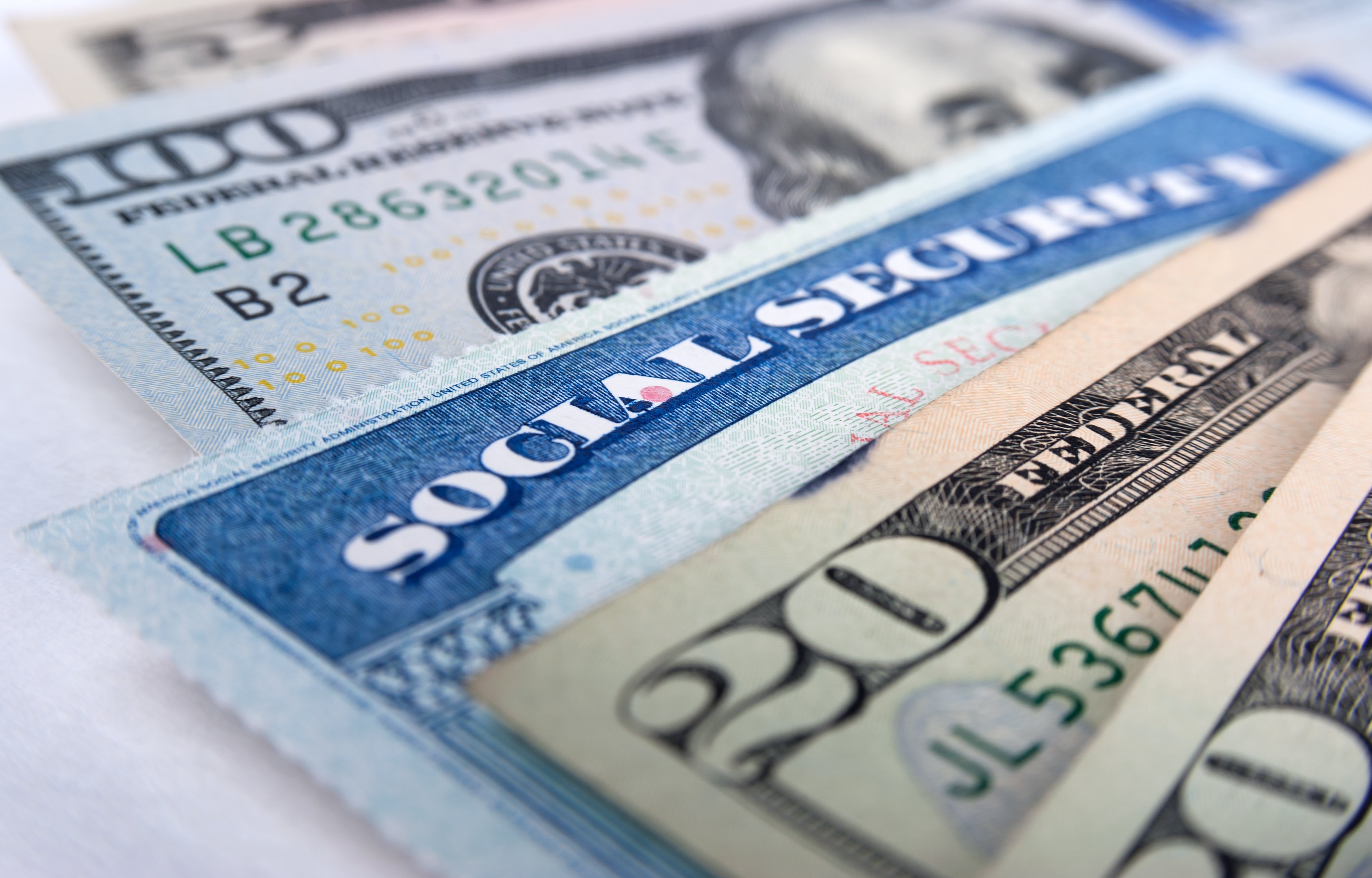What's the very first thing you should do to start saving for retirement? No, not socking away money into a 401(k) or individual retirement account (IRA), at least not yet. Your first move should be drawing up a realistic budget that reflects your current income and expenditures.
A budget is an essential building block for a healthy financial life. It does not mean that you cut every piece of fun and frill out of your existence. Rather, it's a tool that lets you balance your spending and your income to make choices that reflect your priorities and goals. If you need to either boost your income or reduce your spending, a budget lets you know. Ultimately, a budget gives you a plan for your financial life, including savings and retirement.

IMAGE SOURCE: GETTY IMAGES.
Budgeting can also help you avoid a major retirement savings pitfall: Withdrawing funds from a 401(k) or IRA, or taking a loan against them, which roughly 30% of Americans have done, according to the Transamerica Center for Retirement Studies. Robust retirement requires steady savings and the growth of funds over time, and borrowing or taking the money early can severely impair the latter.
Budgets provide a template for figuring out retirement needs and they aren't static either; you can adjust your budget as you get closer to retirement. Ready to develop a budget, then? It's helpful to have bank statements accessible, so get those pulled up on your computer or printed out, and let's go budgeting.
1. Make a list of fixed expenses
Step one: Make a list of fixed expenses, or anything that requires a stable monthly payment. Look at what you've paid over the last several months and be sure to include housing (mortgage or rent), car payments, student loan payments, insurance (car, health, home), utilities (water, wireless, cable), and monthly subscription costs for things like the gym.
2. Make a list of variable expenses
Variable expenses can happen every month, but the amount isn't always the same. Electric and gas bills are variable expenses because your use of heat and A/C changes seasonally. The cost of maintaining your car can be in the thousands some months, and close to zero in others. Other variable expenses include food (both groceries and eating out), clothing, commute costs, credit card bills and other debt payments, haircuts/styling, cellphone service, cosmetics, gifts, and drug prescriptions.
Look at your bank statements going back several months to make an exhaustive list of all your variable expenses.
3. Make a list of one-time or infrequent expenses
You also need a category for one-time or infrequent expenses. Vacations, for instance, might only occur once or twice per year, and the same goes for buying home furnishings or spending on home repairs. Here are some other potential expenses in this category: taxes, charitable contributions, dental work -- whatever comes up in a year's worth of bank statements.
4. Compare your expenses with your income
Now, it's time to total up your expenses. Divide the one-time or infrequent expenses by 12 to get a sense of what you need each month.
Next, look at your customary expenses for every month vis-a-vis your income.
There are three possible scenarios. In the first one, your income comfortably exceeds your expenses. Hooray! You can set aside 10% for savings and then draw up a retirement savings plan.
In the second one, expenses and income run neck and neck. That's not ideal, because a healthy financial life should include both that 10% savings and retirement funds. In the third one, you're running red ink; your expenditures exceed your income.
If you're in scenario two or three, don't worry, just move on to step 5 below.
5. Reduce expenses and boost income, if necessary
If you need to close the gap between your income and your expenses, there are two ways to do it, and you can use each method alone or in combination.
The first is to reduce expenses. Start with the easy-to-adjust categories.
Can you reduce your housing expenses by taking in a roommate, occasionally listing a room on Airbnb or by downsizing? Look into lowering your mortgage payments through refinancing. Consider moving to a cheaper area with lower cost of living. Can you sell your car and make do with public transportation? Could you cut back 10% each month on groceries and eating out? (Probably) Can you opt for public transportation rather than gassing up your car? The more you think about it, the more possibilities you'll uncover. Check this list for more ideas on ways to save.
The second method is to increase your income. There are multiple ways to do this. One option is to ask for a raise. Another possibility is to search for a job that pays more, perhaps in a more lucrative sector. You could also try to earn a promotion or start a side hustle. Side gigs have helped many people afford a more comfortable retirement than they would have had based on the merits of their savings.





